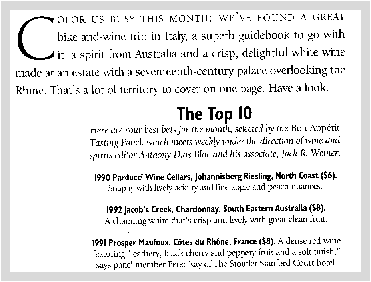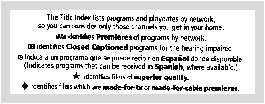Figure 1.4: Typographical Problems for OCR Algorithms (1/2)
The Title Index lists programs and playdates by network, so you can consider only those channels you get in your home. tarn identifies Pimmiems of programs by network. U identifies closed Capuoned programs for the hearing impaired. * indica a un programa que se puede recibir en Espahol donde disponible. (Indicates programs that can be received in Spanish, where available. * identifies films of Superior qudity~ * identifies films which are ~adfrfo~tv or made-forccable prewieres.

| OLOR US BUSY THIS MONTH: Nk7E'VE FOUND A GREAT |
| bike-and-wine trip in Italy a superb gaidebook to go with |
| it, a spirit from Australia and a crisp, delightful white wine |
| made at an estate with a seventeenth-century pAace overlooking the |
| Rhine. That's a lot of territory to cover on one page. Have a look. |
| TheToplO |
| Mete air your best betsfot. die uionth, selected fr die Ban Apperit |
| Tasting Panel, wilicli aleets weekI, under die dijeetion of wine and |
| spitits edit()r Antliony Dicis Blite and his associate. Jack R. `Veiner. |
| 1990 Parducci Wane Cellars, Johannisberg Riesling. North Coast ($6). |
| Snappy `vith lively acidit,, and fine apple and peach nuances. |
| 1992 Jacob's Creek, Chardonnay, South Eastern Australia ($8). |
| A charming white that's crisp and fively "4th great clean fruit. |
| 1991 Prosper Maufoux, C6tes du Rh\&ne, France ($8). A dense red ~irie |
| featuring "leathery., black cherry and pepprry fruit and a soft finish," |
| says panel member Peter Kay of The Stouffer Stanford Court hotel. |
